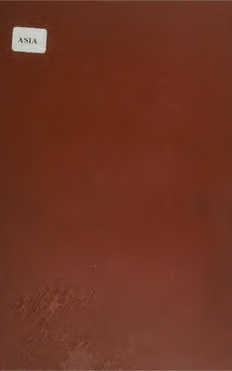
Preview A Santali-English Dictionary
CORNELL UNIVERSITY LIBRARY 3 1924 096 339 464 Cornell University Library The original of this bool< is in the Cornell University Library. There are no known copyright restrictions in the United States on the use of the text. http://www.archive.org/details/cu31924096339464 A Santali-English DICTIONARY. BY CAMPBELL, A. FREE CHUECH OF SCOTLAND SANTAL MISSION. PRINTED AND PUBLISHED AT THE SANTAL MISSION PRESS. POKHURIA, MANBHUBI, INDIA. 1899. E.M, .J r.o,, Calcutta! — PREFACE. fHE Santali languageis spokenby almost a million and a halfof people, whoare mainlyfounddistributedovera strip ofBengal extending for about 350 miles from the Ganges to the Baitarni, bisected by the meridian ofBhagalpur,or87° eastlongitude, and comprising the followingdistricts: Bhagalpur,Monghyr,the Santal Pargannas, Birbhum, Bankura,Hazaribagh, Manbhum, Midnapur, Singhbhum, Mayurbhanj and Balasore. Santalibelongs tothe Munda or Kolarlan family of languages, andhas reached amuchhigherstageofdevelopment than anyotherlanguageordia- lect of the family to whichit belongs. It is spokenwith little variation in pronunciation oridiom over the greaterpart ofthe above-mentioned area. Northern Santali, or that spokenin Bhagalpur, Monghyr, the Santal Pargannas, Birbhum, Bankura, Hazaribagh and Manbhum, is the lan- guage ofan overwhelming majority of the tribe, andis more polished, than Southern Santali. The former is, therefore, regarded as the Standard, and Southern Santali, or that spoken in the remaining districts, as a dialect, or, possibly, a group of dialects of it. There being at present no Dictionary of the Santali language, while many Government Officers, Missionaries and Plantersfeel the want of one, there would seem to be a need for the present work, even although it be very imperfect. Puxley's Vocabulary, which was a useful help to the knowledge of Santali, has been long out of print Most Dictionaries indicate what parts of speech the words are, but in Santali it is impossible todothisinthe case ofthe great bulkof the words. Consequently,in the few instances inwhich it might have beendone, ithas notbeenthoughtworth whiledoingsointhisDictionary. The form in which the words appear is the Root, and onlythe Rootidea is, inmost instances, •given. A slight knowledge of the Grammar of Santali will enable those consulting the Dictionaryto deduce the meanings of the different forms in which the.root appears, whether noun, adjective, verb, adverb, &e. Greater fulness of detail couldhavebeengiven only in a very bulky volume, and, as Santaliis regularinits method of dealingwith the Root, no real advantage would have been gained. n ( ) The Examples given are intended to shew the more common use of the words, and have been selected with great care. A few of them illustrate the use of words in proverbs, saws, maxims, &c. These have been given, as affording some insight into the mental characteristics of the Santals, and it is hoped that, by their means, studentsof Santali may becomebetter acquainted with the people whose language they are studying. In some instances, rather lengthy references to customs, festivals, &c., have been made, but, as the workwasintendedasa help, notmerely to a knowledge of the language, but also to a knowledge of the people, such references were unavoidable. In the case of particles, in which Santali is very rich, and which often baffle translation, it is hoped that the illustrative examples will be appreciated. In the present work no attempt has been made to distinguish between words of Kolarian origin and those adopted from othersources. With our present knowledge of the non-Aryan languages of India, living or dead, which have influenced the present Snatali vocabulary, any such attempt would have been mere guess work, and would have served no practical purpose. The source of words of Aryan origin might have been indicated, but uniformity forbad it. All words, whencesoever derived, that are in common use among Santals,havebeen,as far as possible, included. Santali has been affected more or less by all the languages with which it has come into contact, and possesses a remarkable power of naturalising words of foreign origin. Next to the Bihari dialects, Bengali has of late years had most influence upon it. So strongly, indeed, do Bihari and Bengali affect Santali at present that there is produced a slight dia- lectic difference between the Santali of Bihari and the Santali of Bengali districts. Words with the short inherent vowel, adopted by Santali from Bihari, retain the short a sound, those adopted from Bengali retain the short sound. This dialectic difference accounts for the different ways of spelling the same word which often occur. Santali not possessing an alphabet of itsown, the Roman character has been adapted to it. This, with signsover, orunder, certain letters,to denote soLmds differing from those which these letters have in English, suits the language extremely well. There are two different modes of representing twosounds which are current in Santaliprinted books, and, as users'of the Dictionary may read books of both kinds, an explanation seems necessary. These two sounds are represented in the present work by Ic and c. They areotherwiserepresented by ', and :. ThusamaJc=ama', andamic =ami:. For the sounds of the letters used in Romanised Santali, Skrefsrud's San- tali Grammar may be consulted. It may, however, be noted that c is soft as rji in change.
The list of books you might like

The 5 Second Rule: Transform your Life, Work, and Confidence with Everyday Courage

The Spanish Love Deception

Corrupt (Devil's Night #1)

$100m Offers
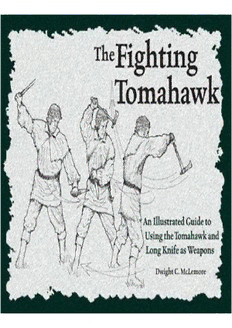
The Fighting Tomahawk An Illustrated Guide to Using the Tomahawk and Long Knife as Weapons

DTIC ADA509401: Do Not Sacrifice the Marine Corps for MARSOC to Succeed the MARSOC Closed Loop Personnel Policy Proposal
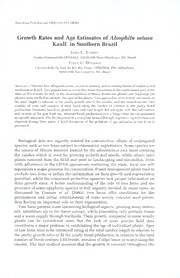
Growth Rates and Age Estimates of Alsophila setosa Kaulf. in Southern Brazil
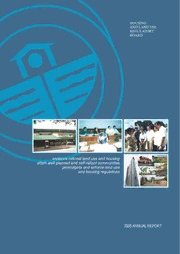
Annual Report 2005
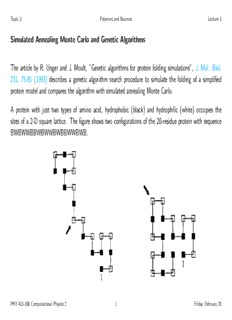
Simulated Annealing Monte Carlo and Genetic Algorithms The

Efficient Merger of Binary Supermassive Black Holes in Non-Axisymmetric Galaxies

Montana Ever After: The Wildes of Birch Bay Book 8 (BONUS story)

C APA TERMO DE MARIANA.cdr

The Brooklyn Paper Volume 29 Issue 40

Studies on Victorian Bryophytes 4. The Genus 'Fabronia' Raddi
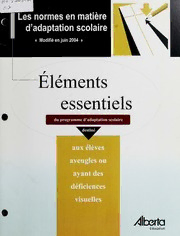
Éléments essentiels du programme d'adaptation scolaire destiné aux élèves aveugles ou ayant des déficiences visuelles
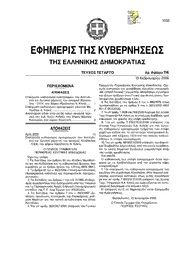
Greek Government Gazette: Part 4, 2006 no. 114
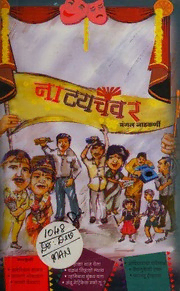
NATYACHANVAR
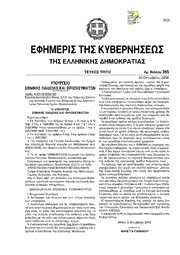
Greek Government Gazette: Part 3, 2006 no. 365

Greek Government Gazette: Part 2, 2006 no. 1761
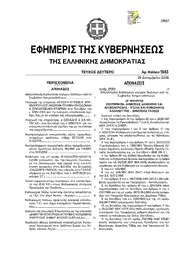
Greek Government Gazette: Part 2, 2006 no. 1943

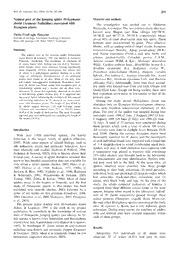
![ERIC ED495088: U. S. Intel[R] Teach to the Future Essentials Course: 2006 End of School Year Survey. Key Findings book image](https://cdn.pdfdrive.to/media/content/thumbnails/ae4a90db-8ebb-4369-ad81-e2c759129109.webp)

